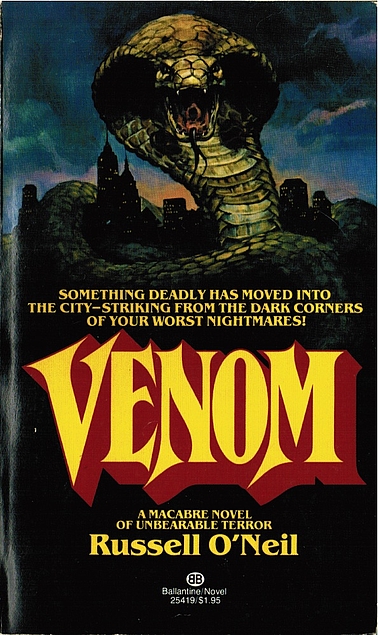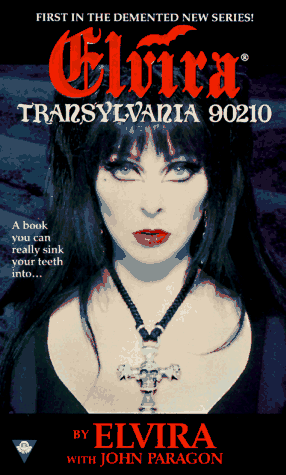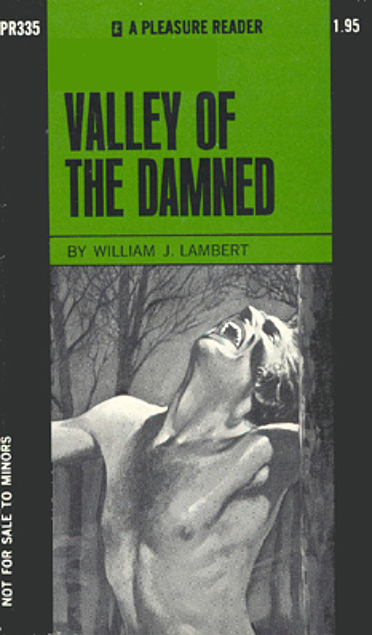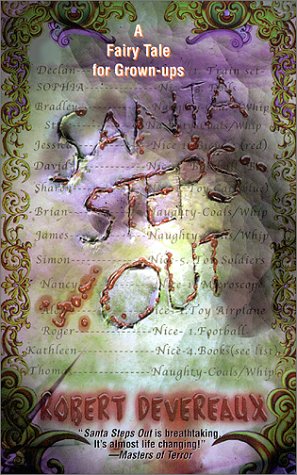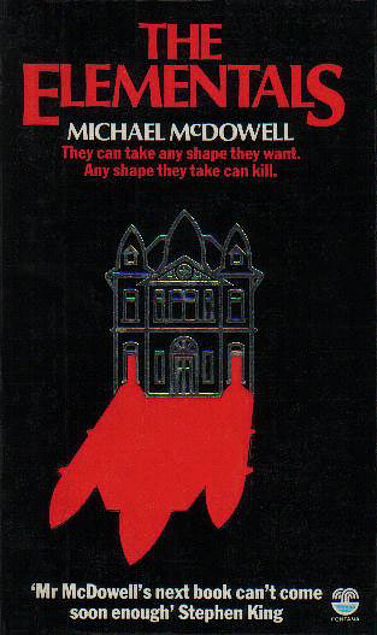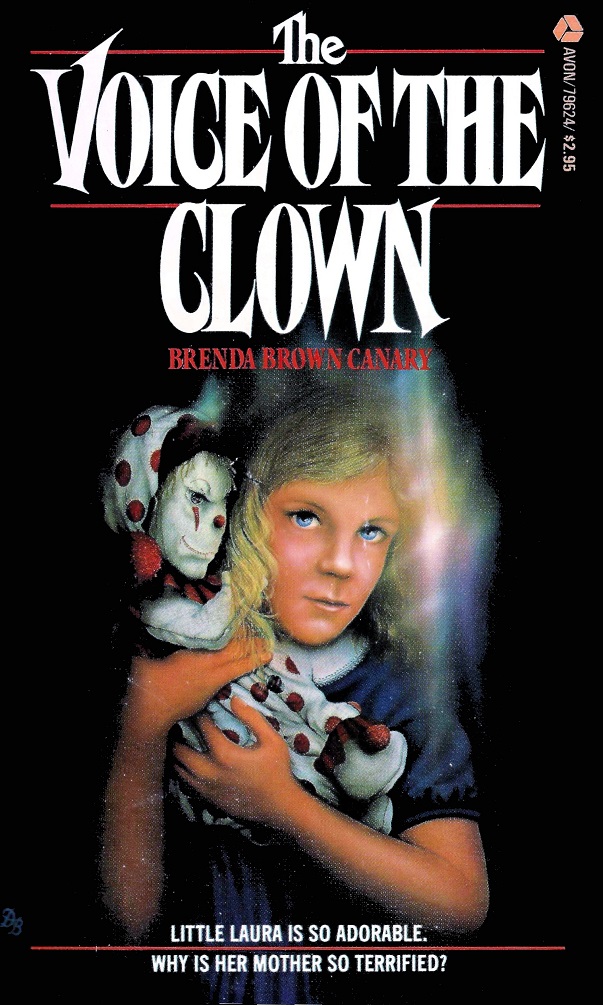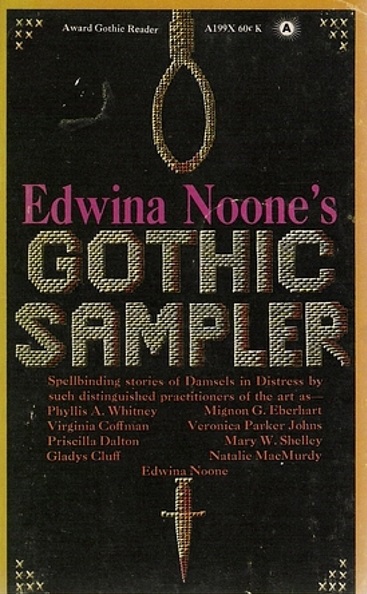
Published in 1977, sometimes attributed to Shelley and Paul Katz, but more often just Shelley, now thoroughly out of print, Alligator is one of the bazillion killer creature novels to emerge after the success of Jaws (1974). Unlike other rip-offs, however, this one is actually good. Unexpectedly, almost shockingly good.
The first chapter is ablaze with rich characterization, ominous Everglades atmosphere, and the chomps we paid for. Then there’s about 75 pages of rubbish. But then, holy shit, the excess characters thin out and we’re left with two guys battling the elements, an evil alligator, and their own hyper masculinity.
Read more “Shelley Katz – Alligator (1977)”
